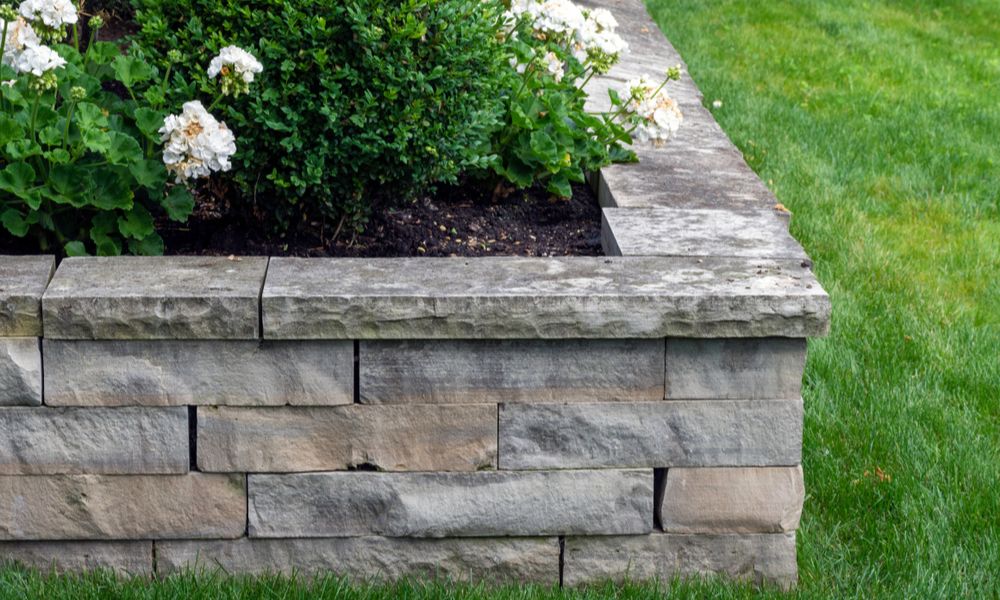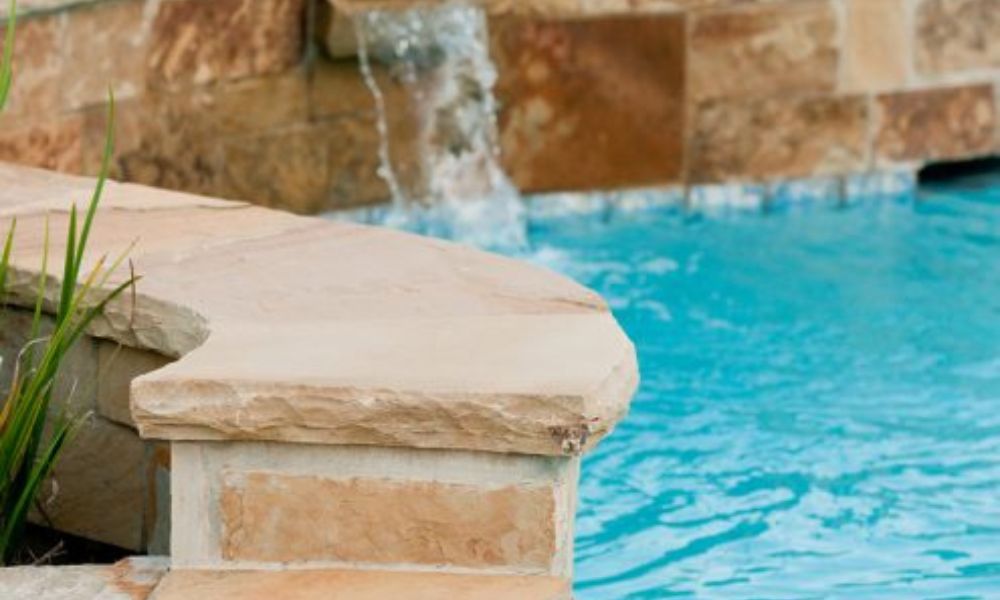Retaining walls are the unshakable protectors of the landscape in civil engineering and landscaping, retaining dirt and sculpting the topography with both practical strength and visual appeal. These buildings are essential for improving outdoor areas because they may do everything from stop erosion to build tiered gardens. We explore the several retaining wall design styles in this extensive guide, providing details on their materials, construction, and important factors to take into account for a successful project.
Understanding Retaining Walls
Retaining walls design types are engineered structures designed to restrain soil and prevent erosion, often employed in landscapes with slopes or uneven terrain. They serve multiple purposes, including:
Soil Stability: Retaining walls provide structural support, preventing soil movement and erosion, particularly on hillsides or sloped landscapes.
Terracing: They create flat surfaces on sloped terrain, allowing for the creation of usable spaces such as gardens, patios, or pathways.
Aesthetic Enhancement: Beyond their functional role, retaining walls contribute to the visual appeal of outdoor spaces, adding texture, dimension, and architectural interest.
Types of Retaining Walls
Gravity Walls: These walls rely on their weight and mass to resist the pressure of soil behind them. Typically made from stone, concrete, or other heavy materials, gravity walls are suitable for moderate height applications and require proper engineering to ensure stability.
Cantilever Walls: Utilizing a T-shaped cross-section, cantilever walls are reinforced with steel bars and often constructed from concrete. They leverage the principle of leverage, with the weight of the soil providing stability. Cantilever walls are ideal for medium to tall retaining wall applications.
Sheet Pile Walls: Commonly used in waterfront or marine environments, sheet pile walls consist of interlocking steel or vinyl panels driven vertically into the ground. They are effective in retaining soil in areas with limited space for excavation, such as along shorelines or in urban settings.
Anchored Walls: Employing additional support through tiebacks or anchors, these walls are suitable for retaining high loads or in situations where space constraints limit the depth of the wall. Anchored walls offer versatility in design and can accommodate various soil conditions.
Gabion Walls: Constructed by filling wire baskets or cages with rocks or other materials, gabion walls provide a flexible and permeable solution for retaining soil. They are particularly well-suited for environmentally sensitive areas or where drainage is a concern.

Key Considerations for Retaining Wall Design
Site Evaluation: Before embarking on a retaining wall project, a thorough site evaluation is essential. Factors such as soil type, drainage patterns, and slope stability must be assessed to determine the most suitable design approach.
Engineering Requirements: Retaining walls exceeding a certain height or supporting significant loads may require engineering analysis and structural design by a qualified professional. Compliance with local building codes and regulations is imperative to ensure safety and longevity.
Material Selection: The choice of materials for a retaining wall depends on various factors, including aesthetic preferences, budget constraints, and environmental considerations. Common options include concrete, stone, timber, brick, and modular block systems.
Drainage Solutions: Proper drainage is critical to the long-term performance of retaining walls, helping to alleviate hydrostatic pressure and prevent water buildup behind the wall. Drainage features such as weep holes, gravel backfill, and perforated pipes should be incorporated into the design.
Aesthetics and Integration: Retaining walls can be seamlessly integrated into the landscape design, complementing existing features and enhancing the overall aesthetics of the outdoor space. Considerations such as color, texture, and planting schemes can transform a functional structure into a visually appealing focal point.
Retaining walls are versatile and indispensable elements in landscape architecture and engineering, offering both practical solutions and artistic expression. By understanding the various design types and considerations involved, homeowners, designers, and contractors can embark on retaining wall projects with confidence, creating enduring landscapes that blend form and function seamlessly. Whether it’s a small garden terrace or a sprawling hillside estate, the right retaining wall design can elevate outdoor spaces and stand the test of time.



